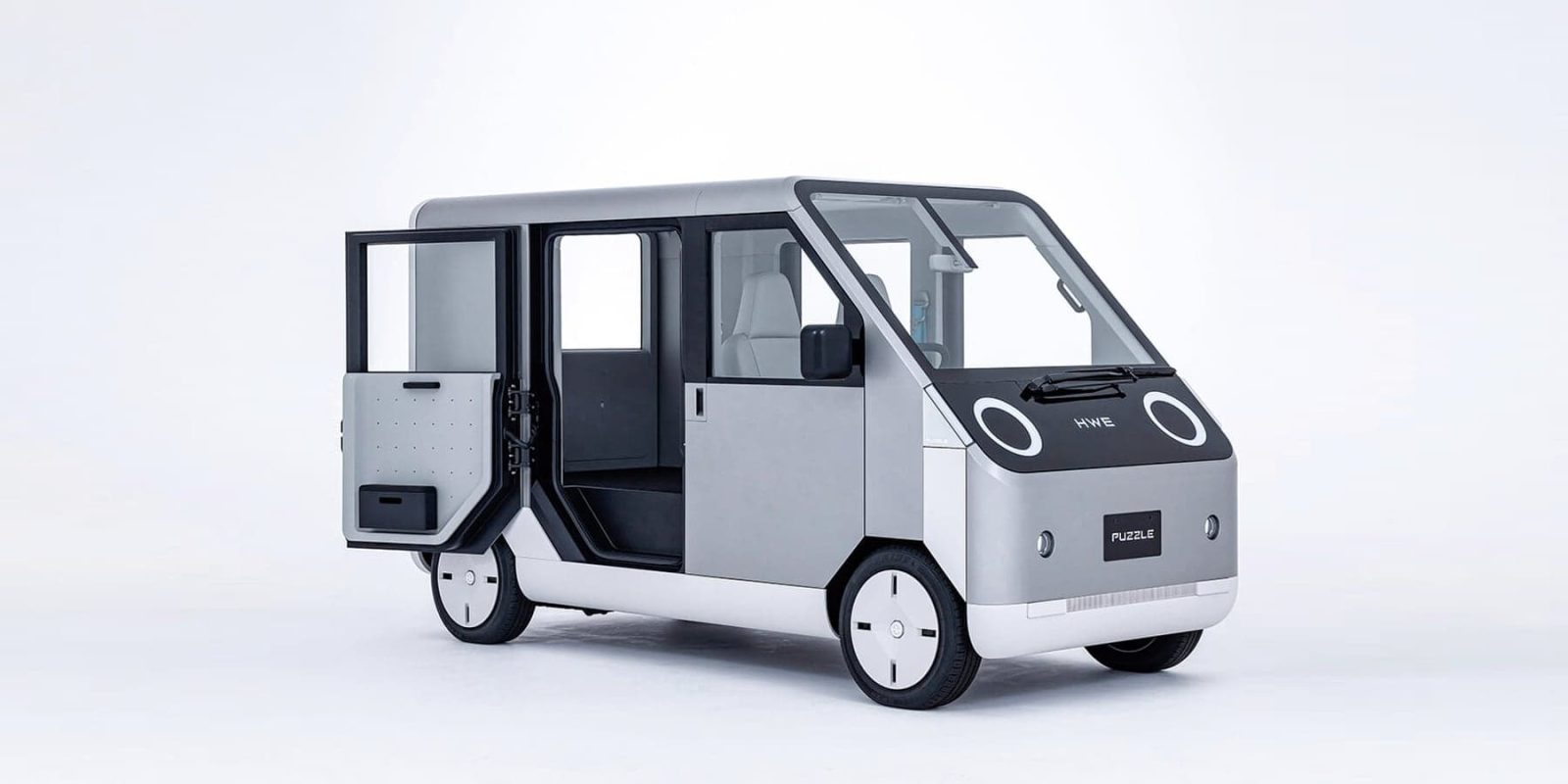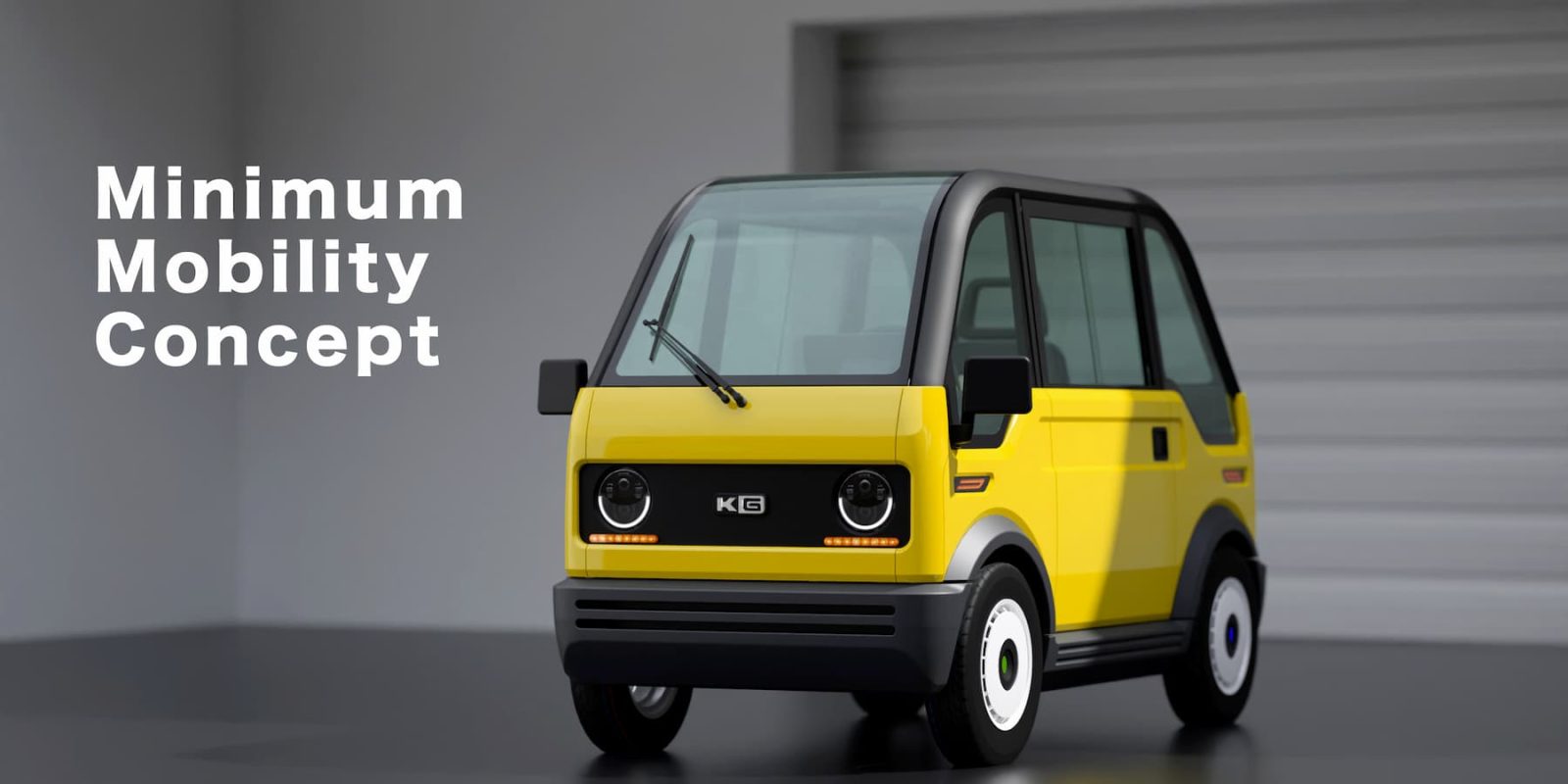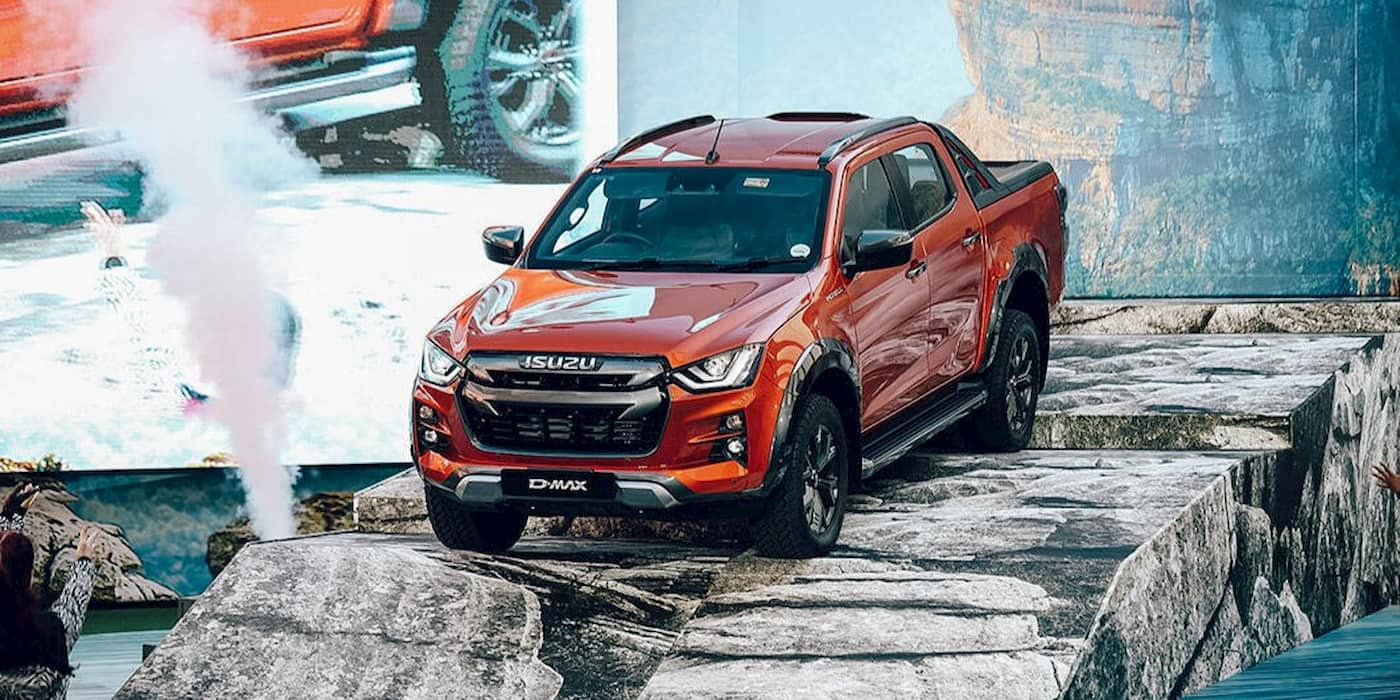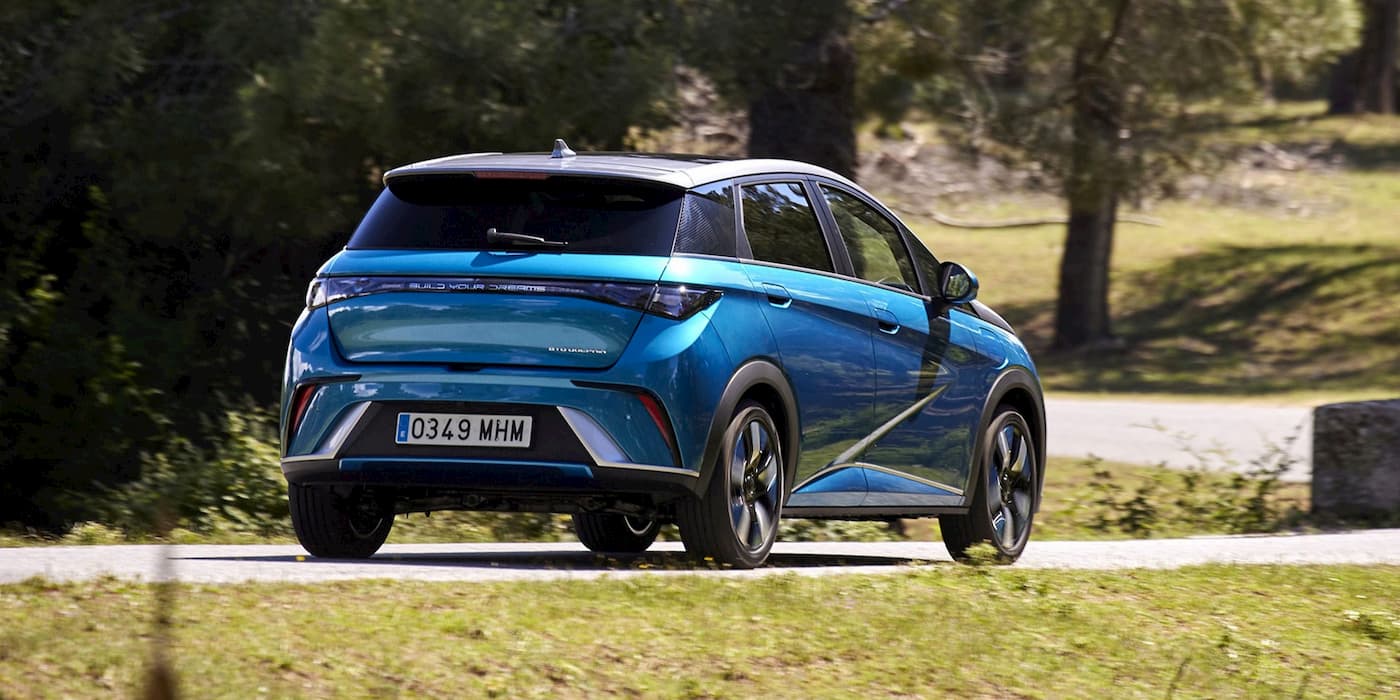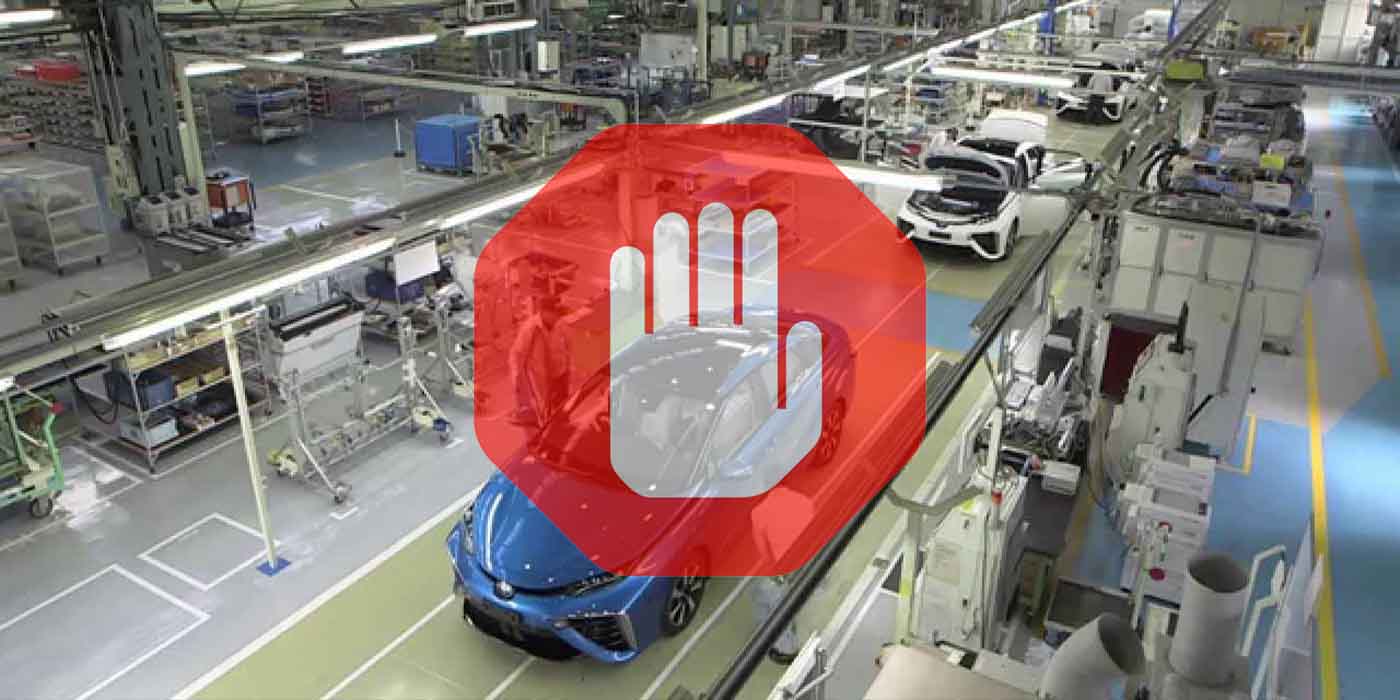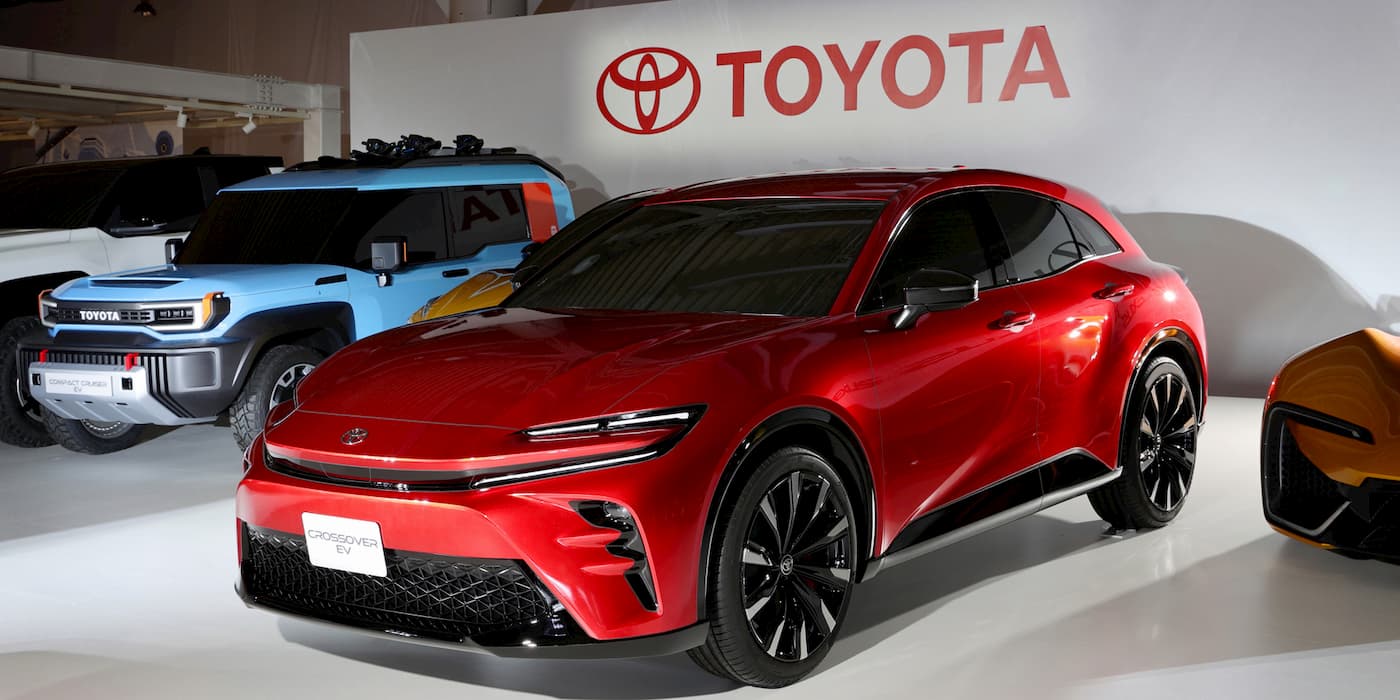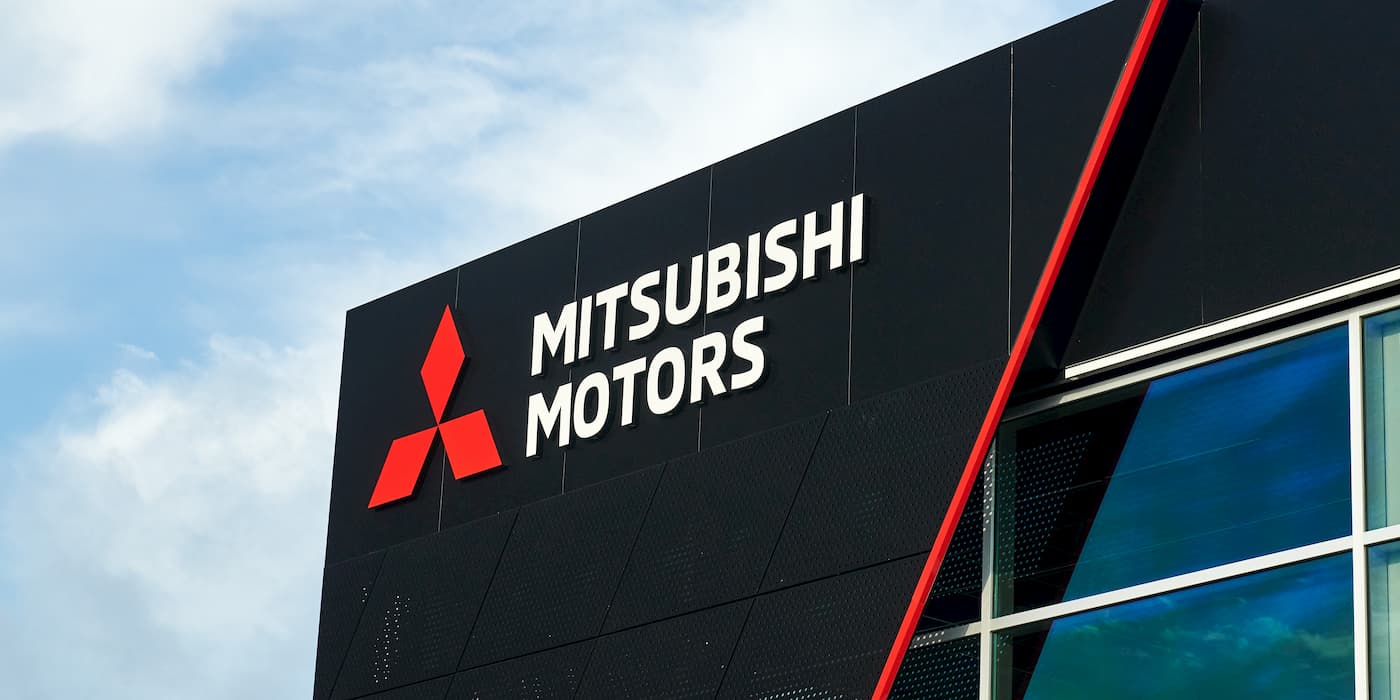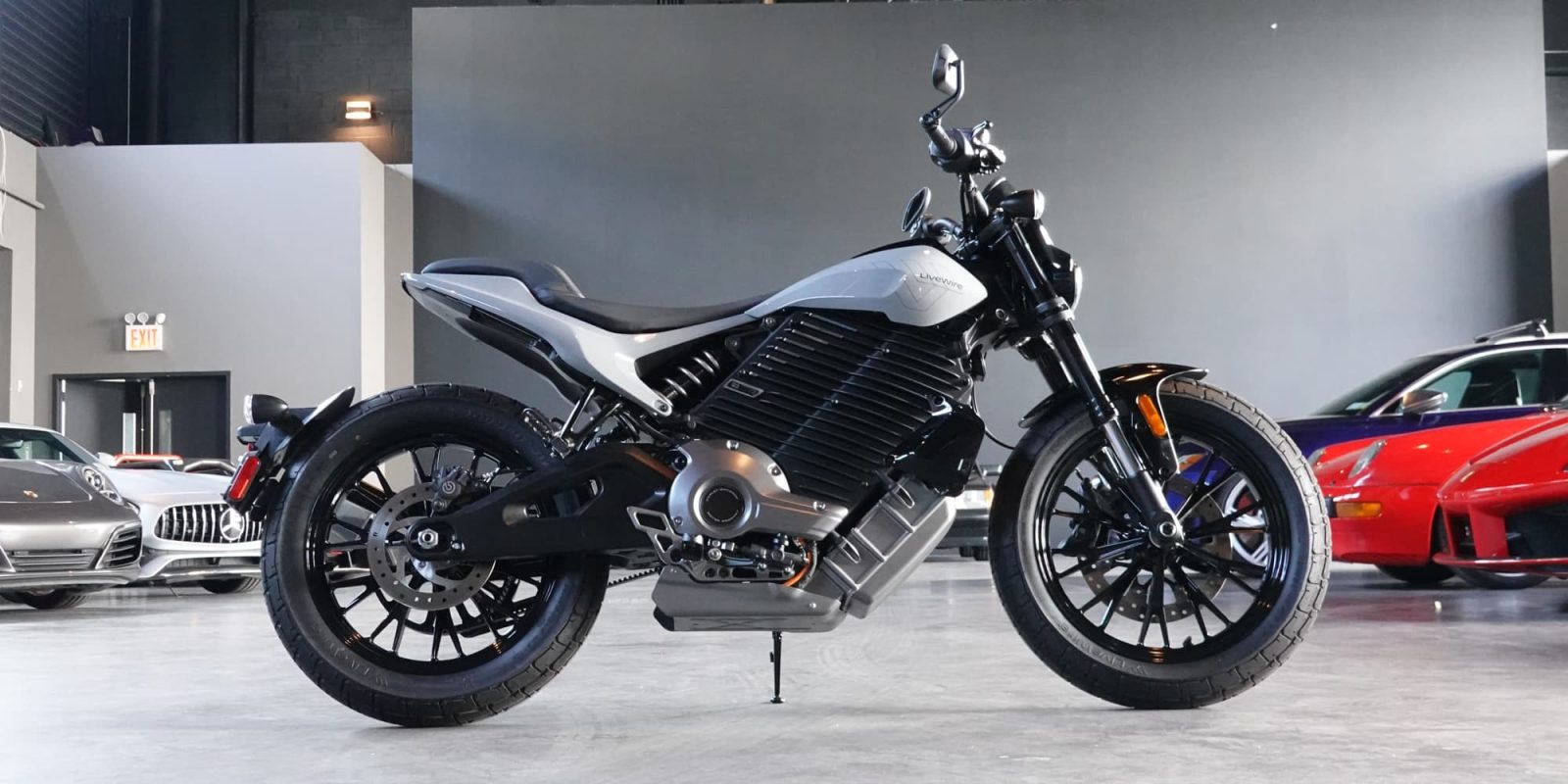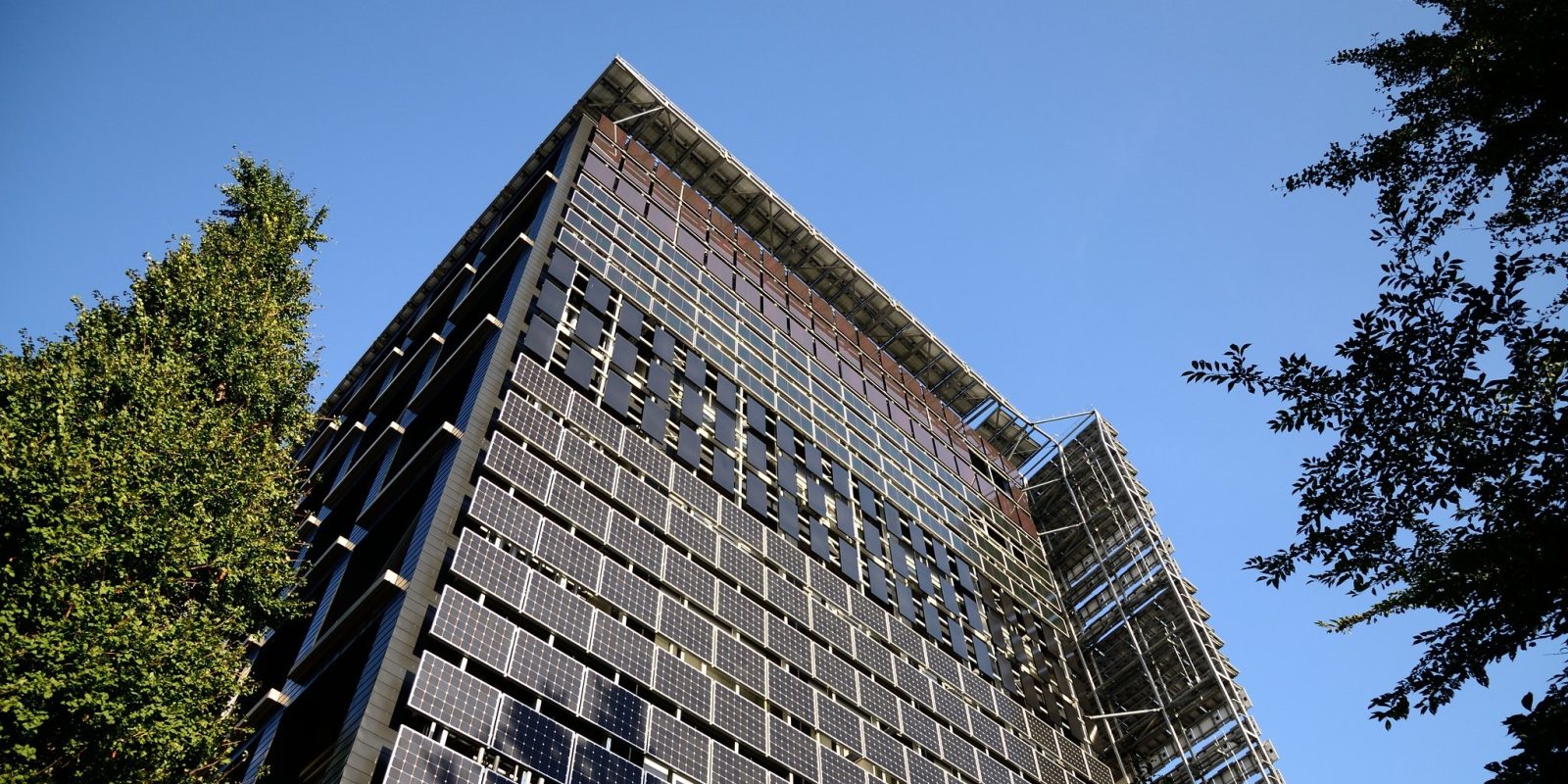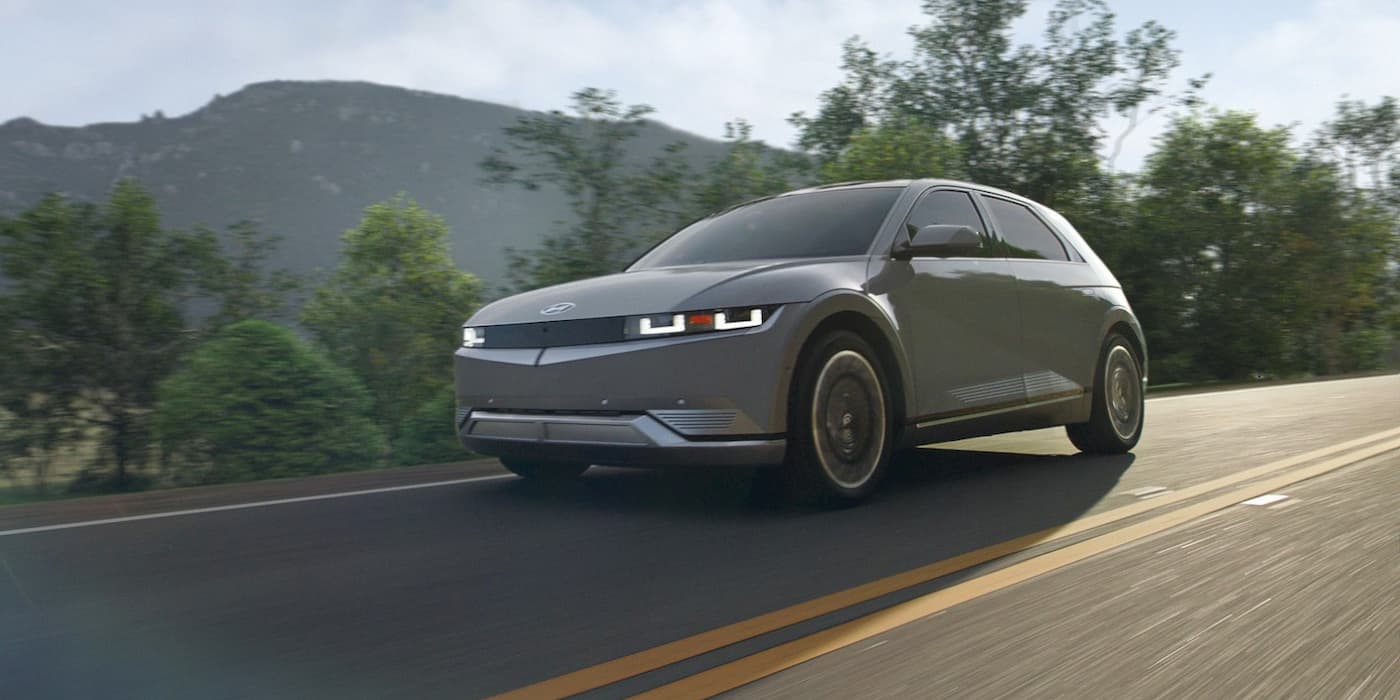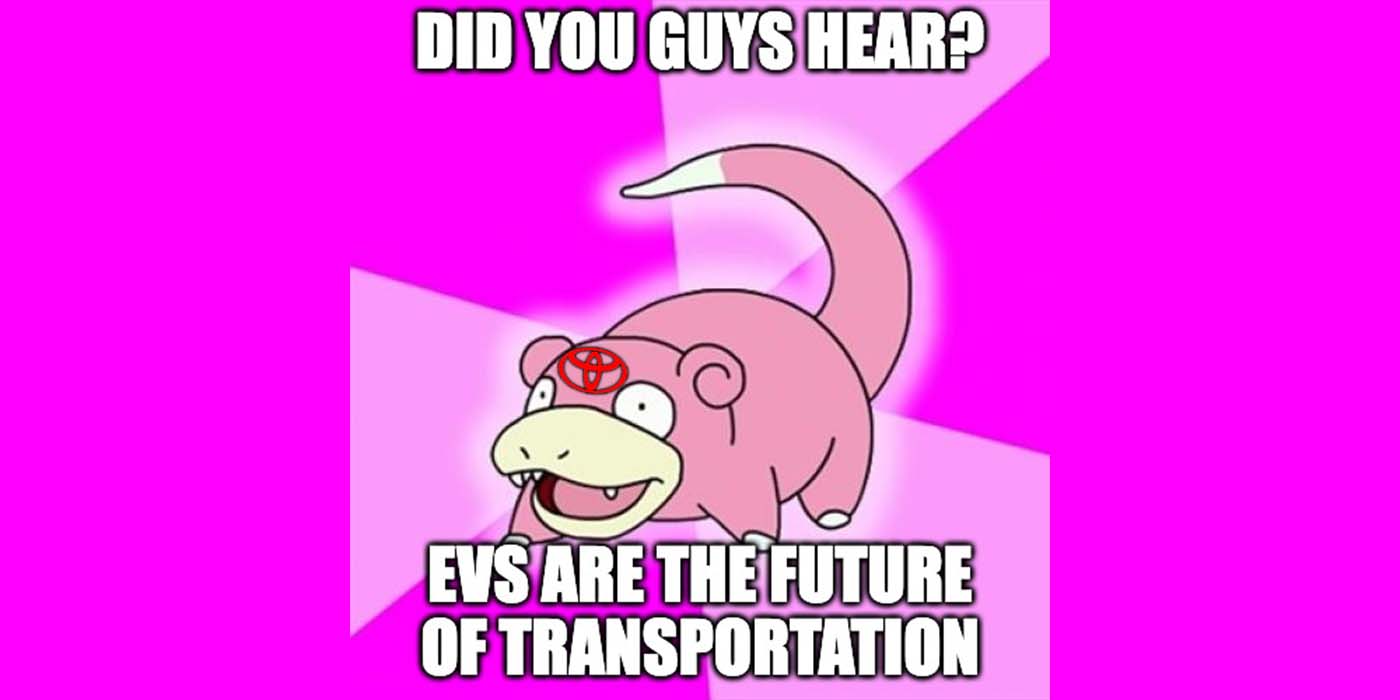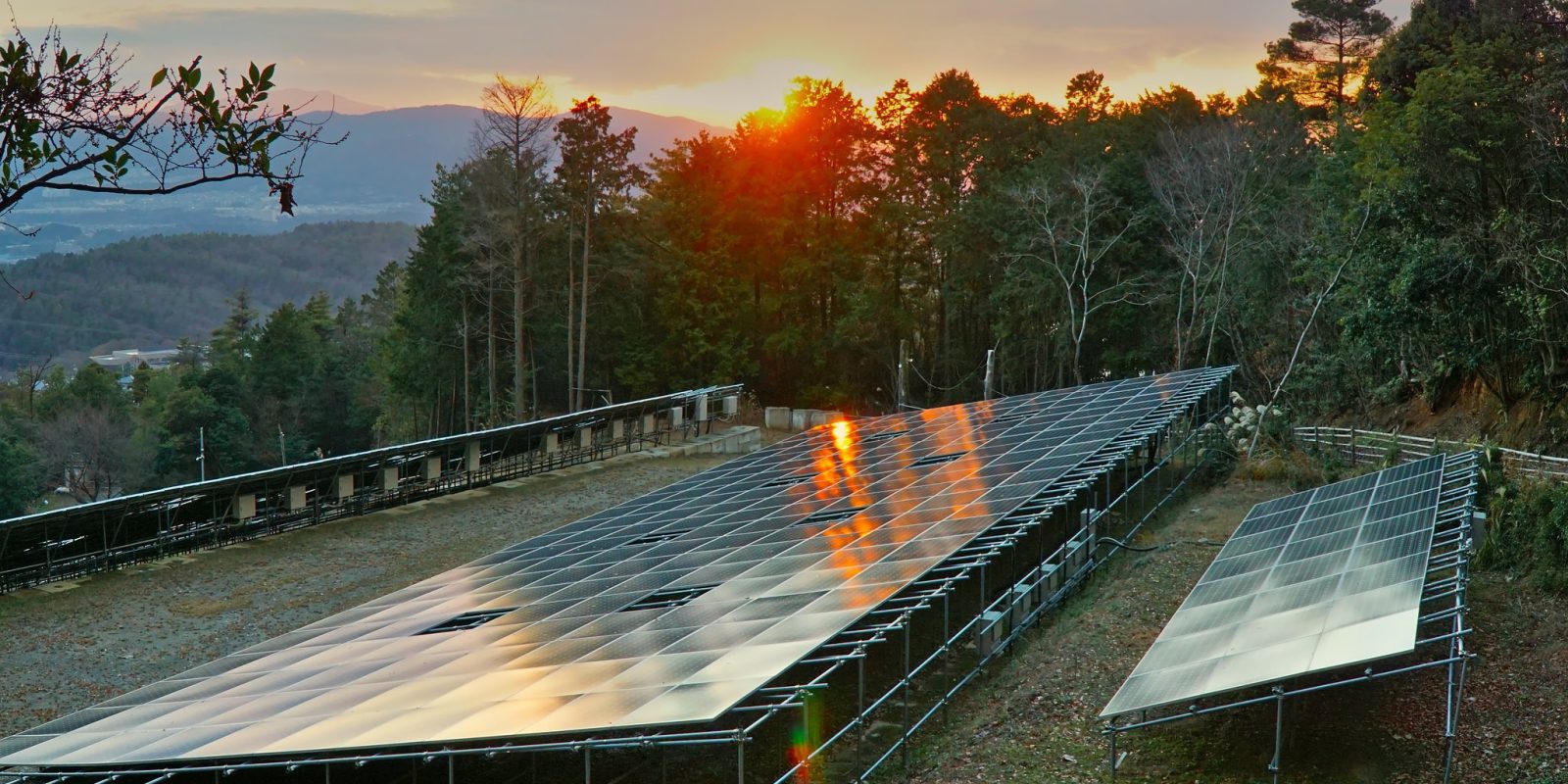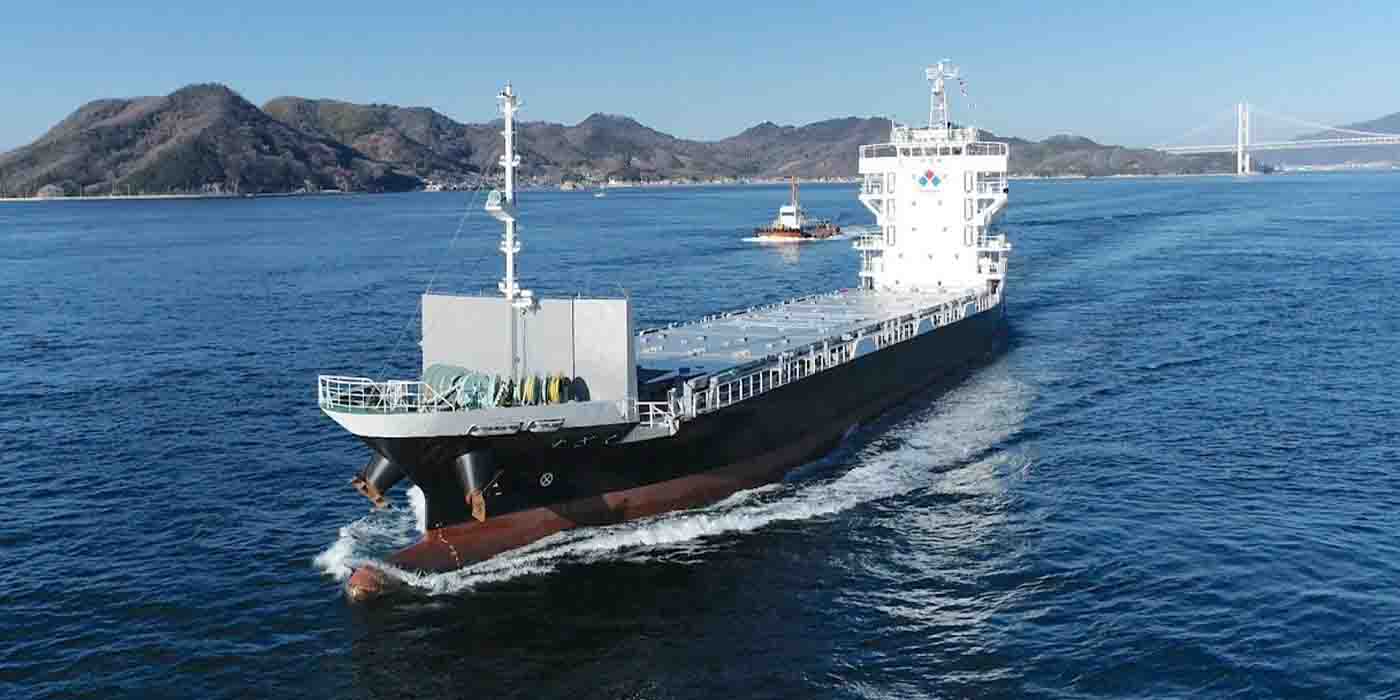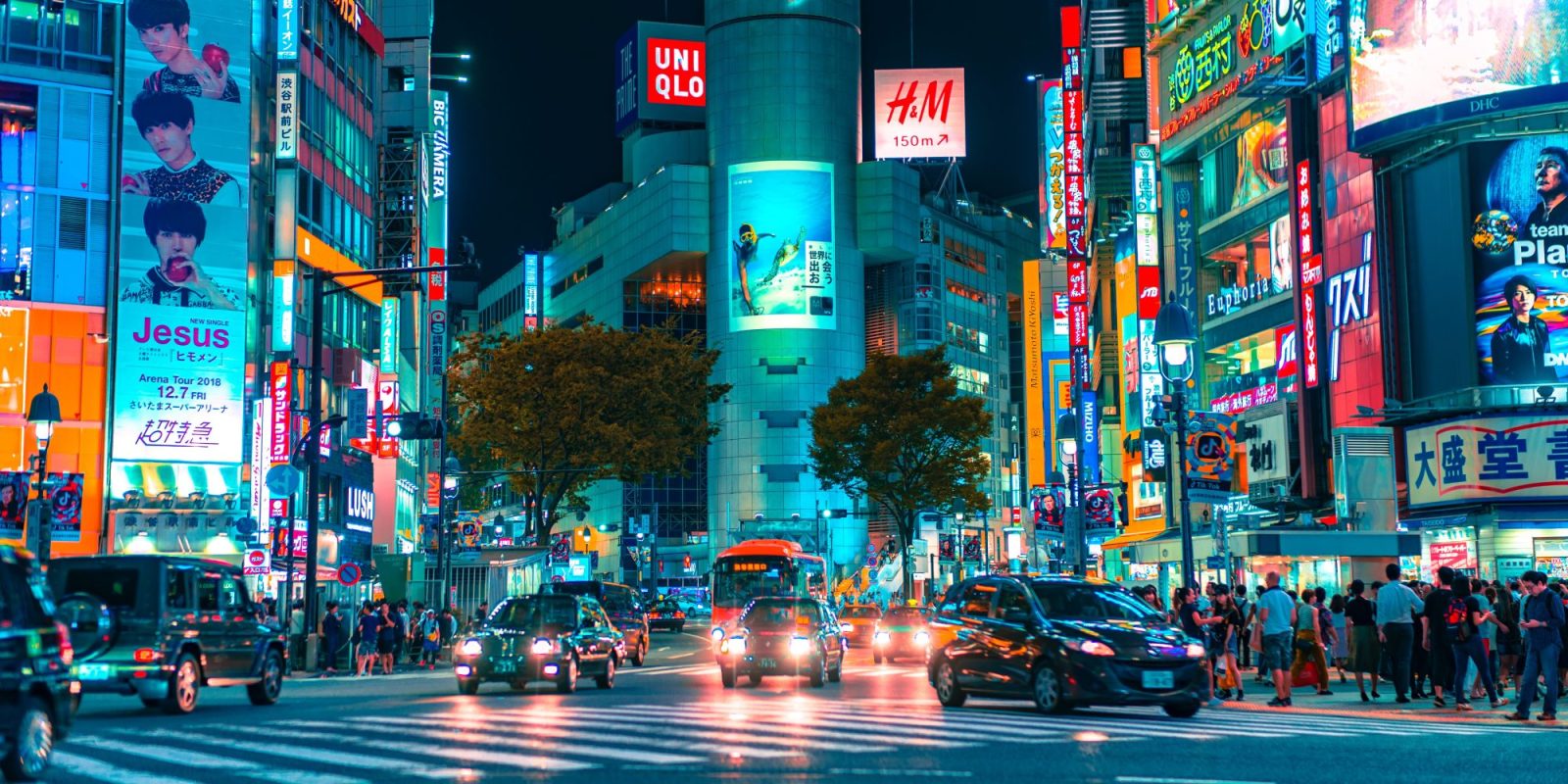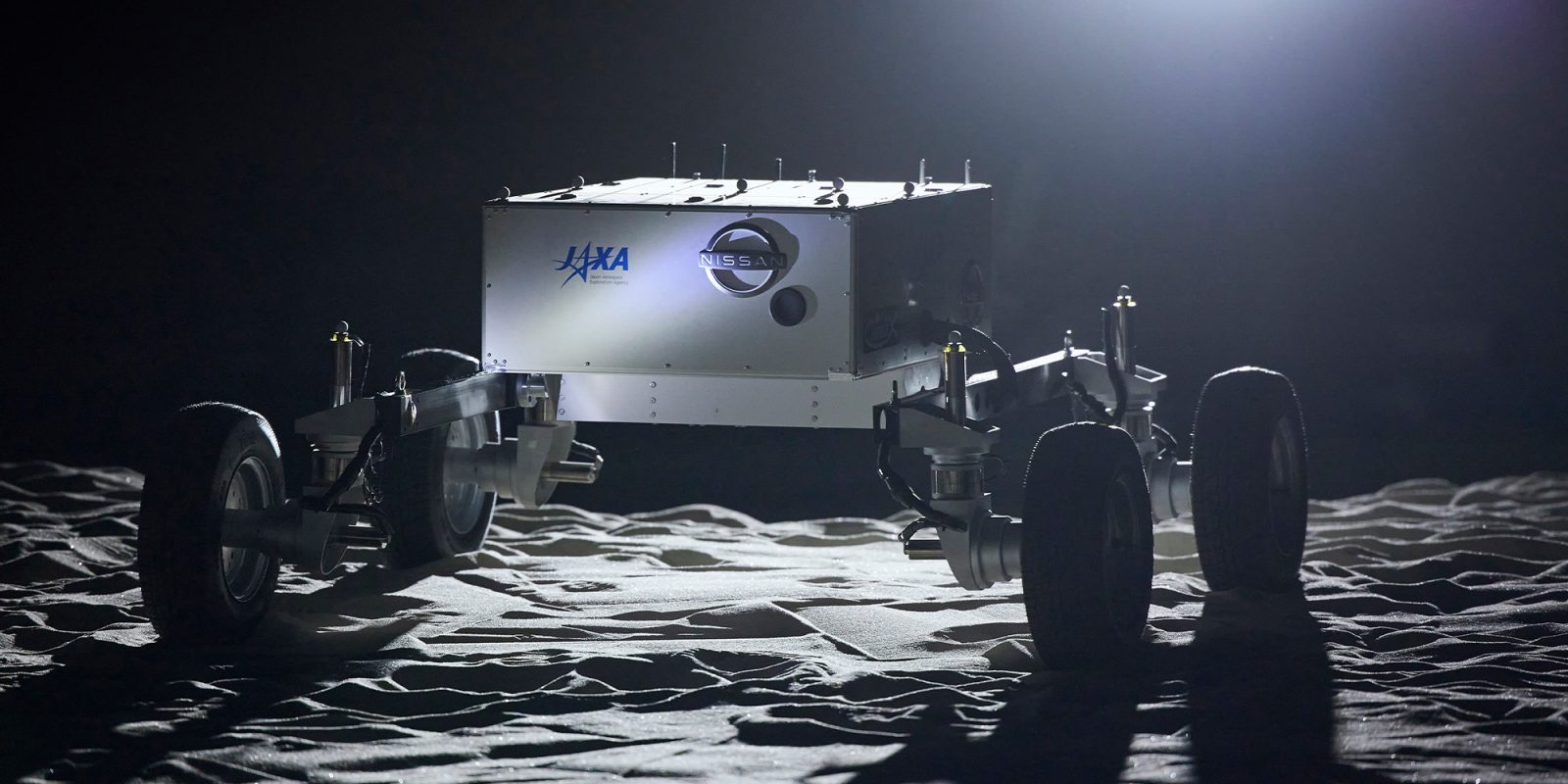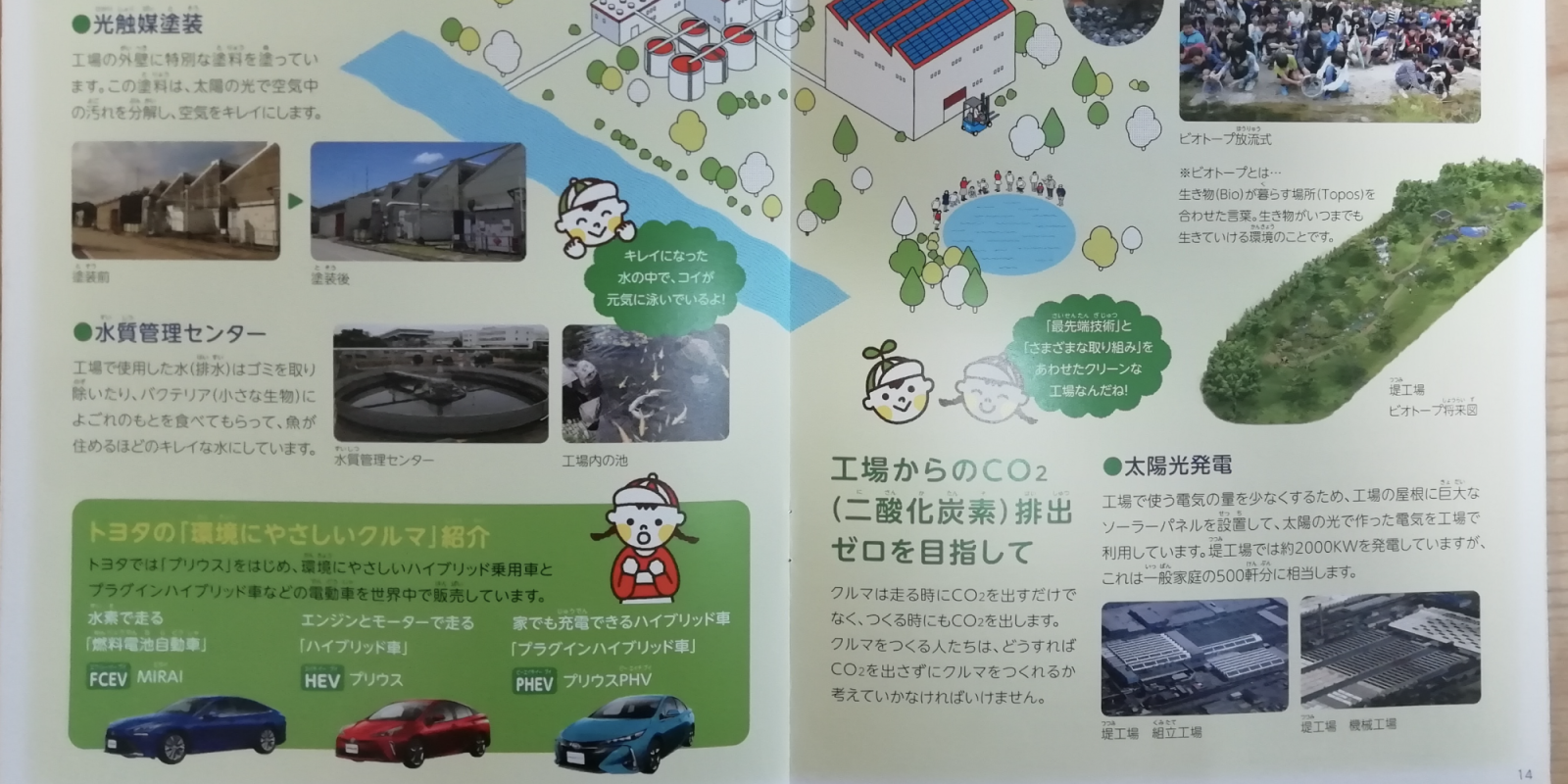Should we all embrace Japan’s kei car model – small, cheap, but not exactly safe?
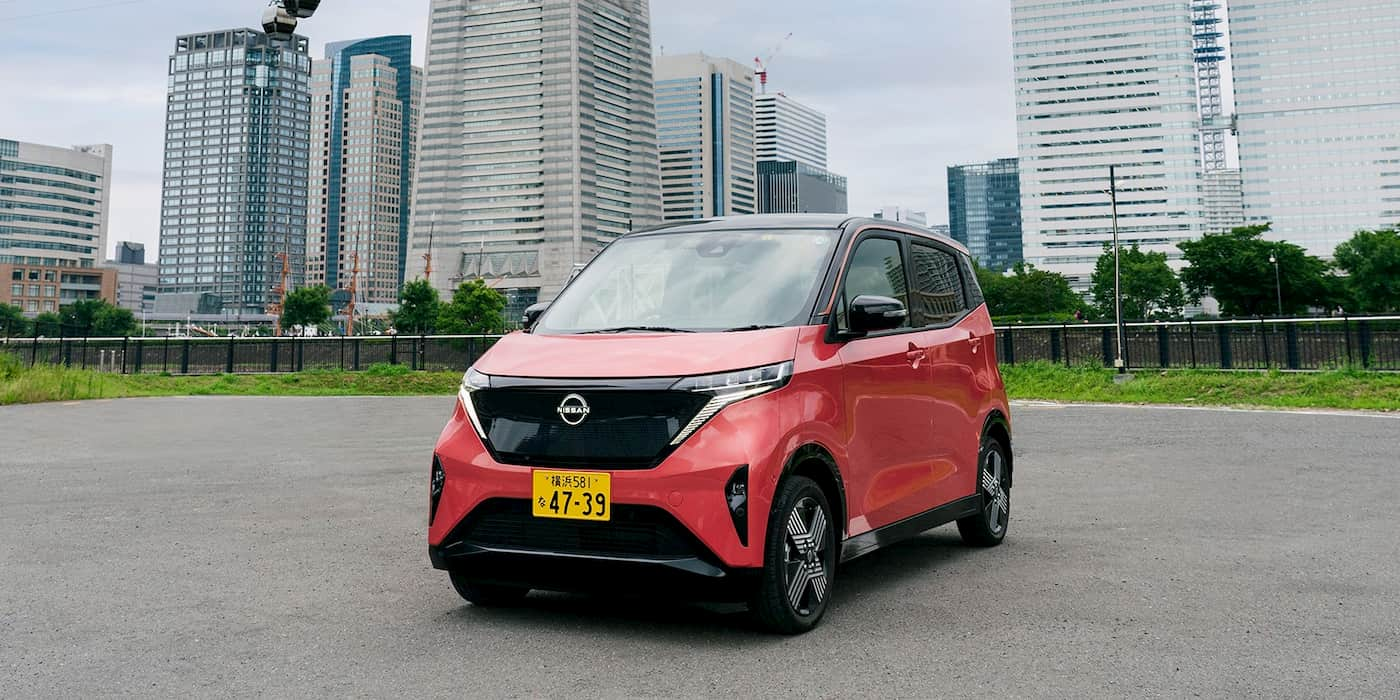
A new breed of electric vehicles is drawing inspiration from Japanese kei cars, tiny cubes-on-wheels that are highway-legal but not likely to pass muster with US or EU safety standards. But what if we loosened up those standards to help lower prices, enabling broader adoption of EVs to people who don’t have 30 grand or more to spend on a car? That is, at least, one of the ideas that French automaker Renault’s head Luca de Meo has put on the table.
Expand Expanding Close